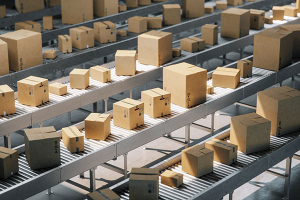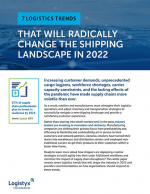4 Ways Smart Businesses are Revamping Returns Processes in 2021
Trends in e-commerce are only going to create more strain on shipping and fulfillment in 2021 and beyond.
We all know that online shopping has been the mainstay of consumer purchasing patterns in 2020 — think about the drastic shifts in your own consumer behavior due to the COVID-19 pandemic.
But items don’t always delight, and often end up back in the mail as returns. With this in mind, it’s critical that businesses evaluate how teams are equipped to handle returns in the early part of 2021 and beyond.
Thinking strategically about inefficiencies now will pay off in the future: according to CBRE, e-commerce returns this season may total as much as $70.5 billion, a 73% increase from the previous five-year average and require an additional 400 million square feet of warehouse space.
In this checklist, we’ve outlined the four key problem areas related to returns that businesses typically overlook, all of which can be addressed with better technology:
- Returns Processing
- Hazmat Returns
- Inbound Carrier Rates
- Customer Experience
What’s Related




Favorites





